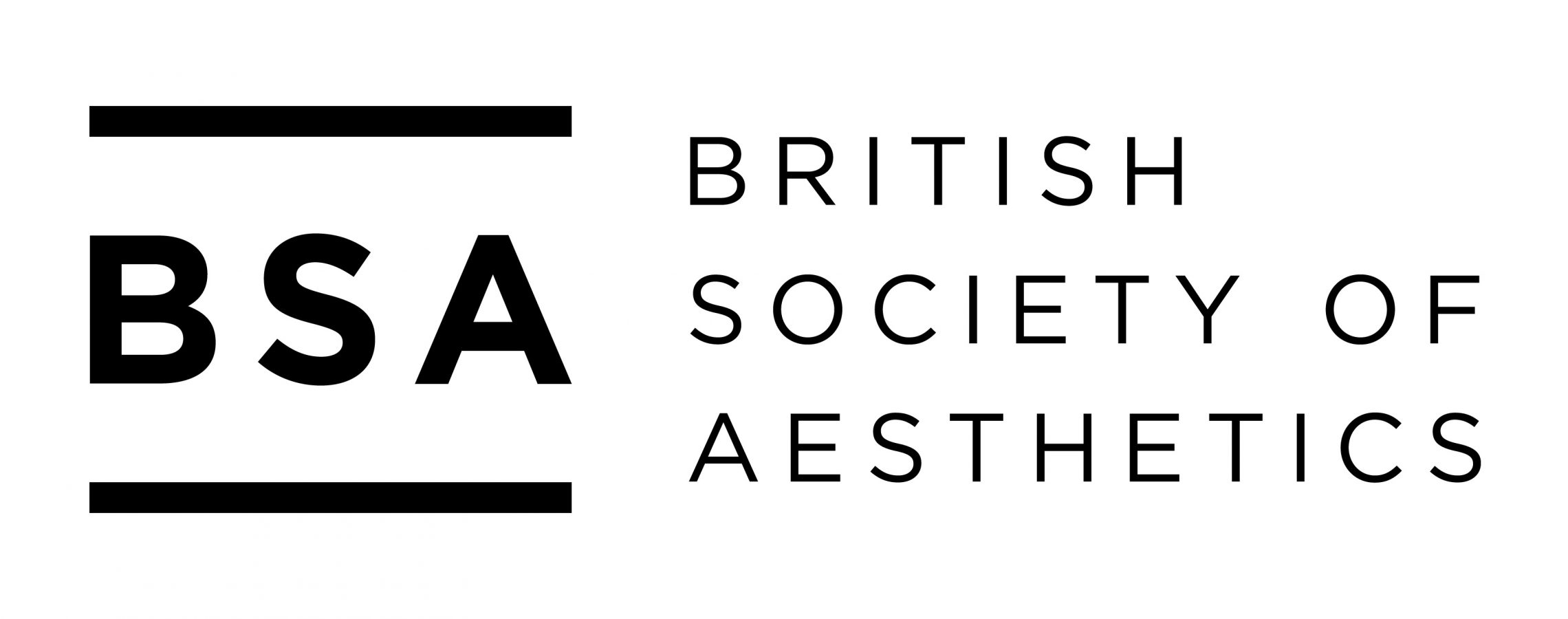The Zeitschrift für Ästhetik und Allgemeine Kunstwissenschaft (ZÄK), founded in 1906 by Max Dessoir and re-founded in 1966, is one of the oldest peer-reviewed journals for aesthetics and the theory of art. In its 67th year, it addresses the relationship between art and morality. We welcome original contributions on two complementary topics that analyse the relationship between art and morality: from the perspective of artistic production and from the perspective of the reception of art.
ISSUE 67/1 ∙ 2022 MORAL ART: Is art allowed to be moral? (Deadline: 31 December 2021)
Is art allowed to be moral? Or must art be evil: immoral, shocking, offensive?
The first issue will lay a special focus on the relationship between art and morality with regard to the production of art.
What would it mean for art to be moral? That in itself is an unanswered question. But as difficult as it is to answer, it seems to be clear to many of the art world’s stakeholders that art has the right to be immoral. Ever since Baude-laire’s Fleurs du Mal, it even seems as if art must be evil and immoral if it does not want to appear affirmative, boring, unattractive, or embarrassingly moralistic.
Can art only fulfil its mission if it provokes the moral feel-ings of many people? Or does the demand that art should not bow to the prevailing morality, but should disturb and devalue it, fail to recognise the nature of art and the way it affects people? Does it possibly even underestimate the potential impact of moral art and the contribution it can make to improving social conditions?
If art is allowed to be moral: What does this mean for artists and for art production? Is it possible to produce art that deserves to be called “moral”—and if so, how? Are there criteria to which artists can orient themselves if they want to produce moral art? Or does the moral character of art depend above all on how it is commented on and situated by those who produce it?
ISSUE 67/2 ∙ 2022 ART MORALITY: Does art have to be moral? (Deadline: 30 June 2022)
Does art have to be moral? Or is it allowed to be repre-hensible from a moral point of view?
The second issue will focus on the relationship between art and morality with regard to the reception of art. Should we tolerate immoral art? Or do we need a moral censorship of art?
Should we renounce the reception of art that is reprehensible from a moral point of view? Should we ban it from museums and public spaces? Should it be provided with warnings? Or should the reception of fascist art, for example, be possible without restriction?
What determines whether art is immoral or not? Who makes this decision based which kind of standard? Is it even possible to qualify art as immoral in a sense that goes beyond a mere subjective opinion? Or does art, due to its essential ambiguity, not allow for such classifications?
Is it justified to toxify or even prevent the reception of works of art because the views or behaviour of their creators are morally reprehensible? Is art liable for the behaviour and the views of those who have created it? What kind of concept of art and artistic freedom lies at the bottom of views that attribute a harmful influence to works of art?
In what way can and how should we deal with or react to art that appears racist or sexist to some recipients?
Original contributions in German, English, or French that discuss questions such as these in a profound and thorough way—whether in a purely theoretical manner or using art of any kind as an example—are requested by 31.12.2021 (Issue 1) or 30.6.2022 (Issue 2) by e-mail to the editorial office of the ZÄK: zaek@ds.uzh.ch. The length of the sub-mitted contributions should not exceed 45,000 characters (including spaces and footnotes).
